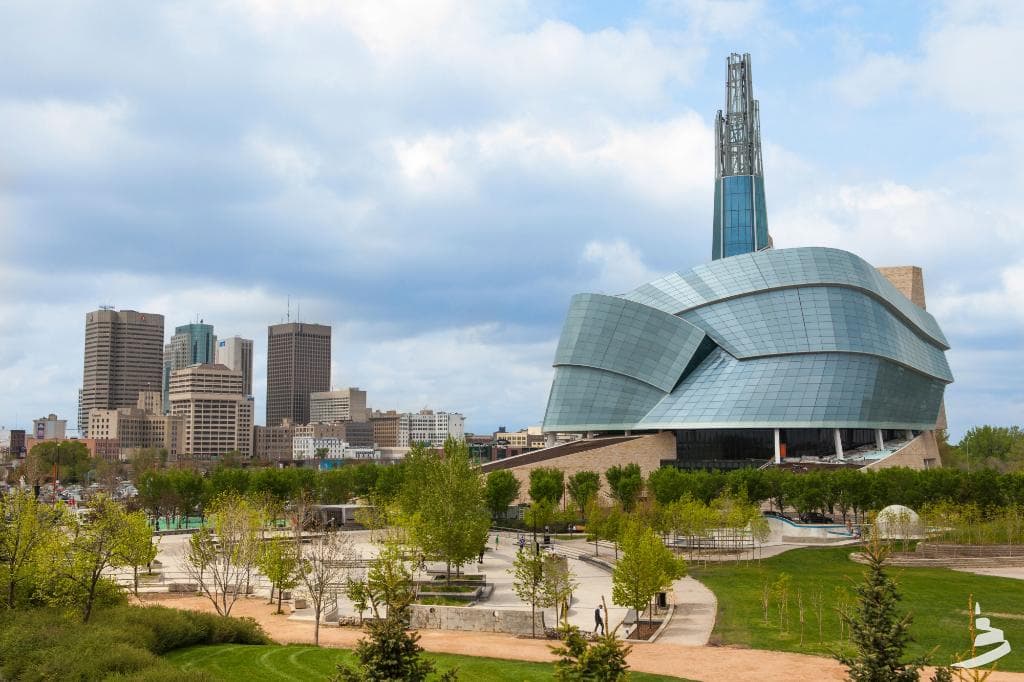
Canadian Museum for Human Rights
A world-class museum dedicated to human rights, featuring stunning architecture and deeply impactful exhibits.
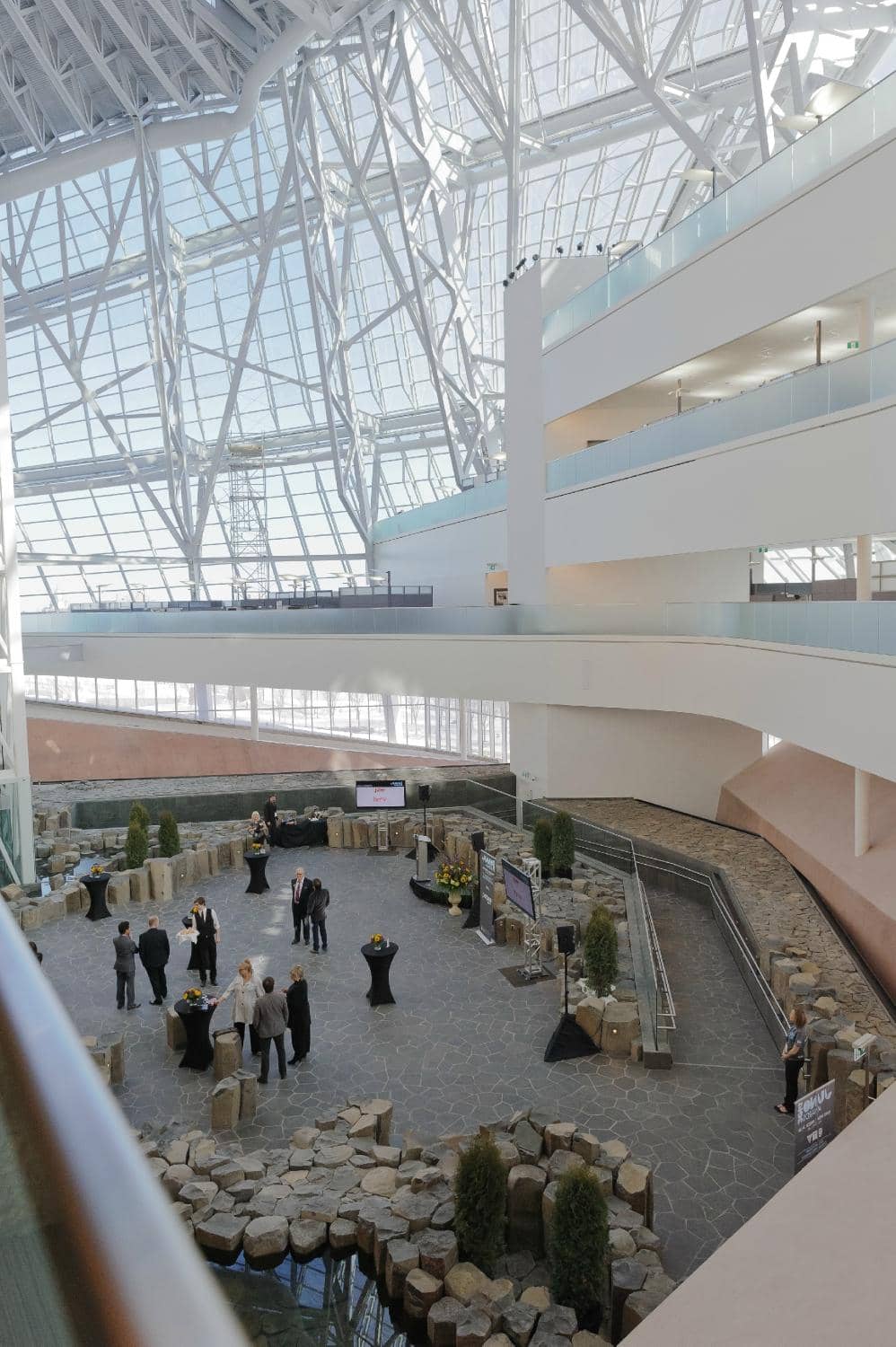
Highlights
Must-see attractions

Social
From TikTok & Reddit
Best Time
Free admission days

Canadian Museum for Human Rights
Best Time
Free admission days

Highlights
Must-see attractions
A world-class museum dedicated to human rights, featuring stunning architecture and deeply impactful exhibits.
"One of the best museums I’ve ever been to… Incredibly engaging, profound and architecturally amazing."
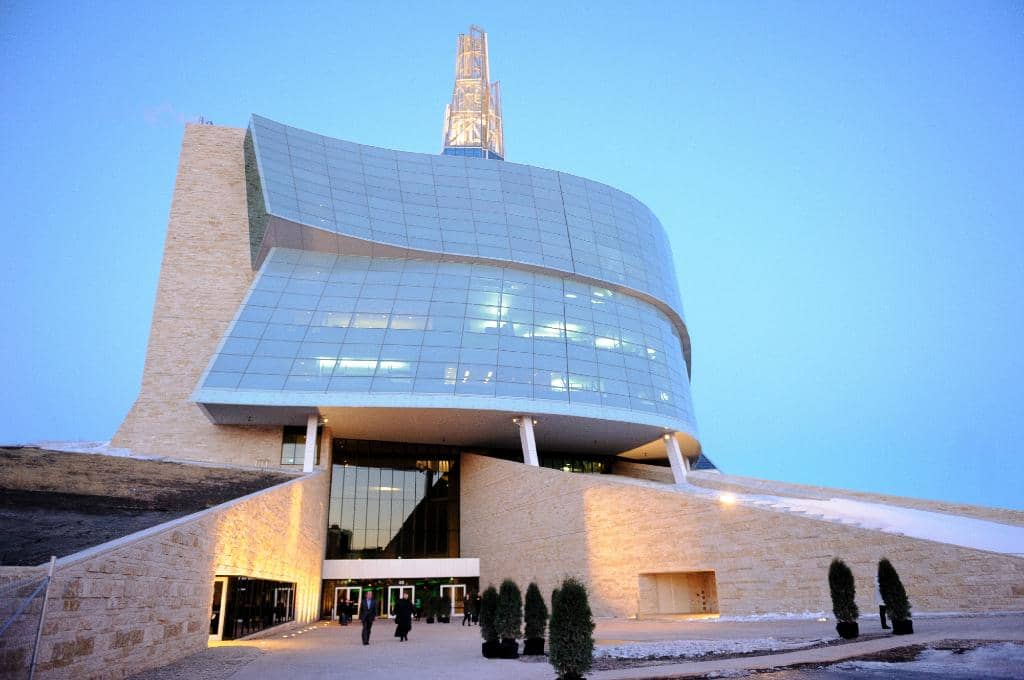
🎯 Free Admission Sundays
Enjoy free entry on Sundays, but expect larger crowds. Arrive early! :ticket:
⏳ Allow Ample Time
You'll need 3-4 hours to truly engage with the exhibits. Don't rush the experience. :stopwatch:
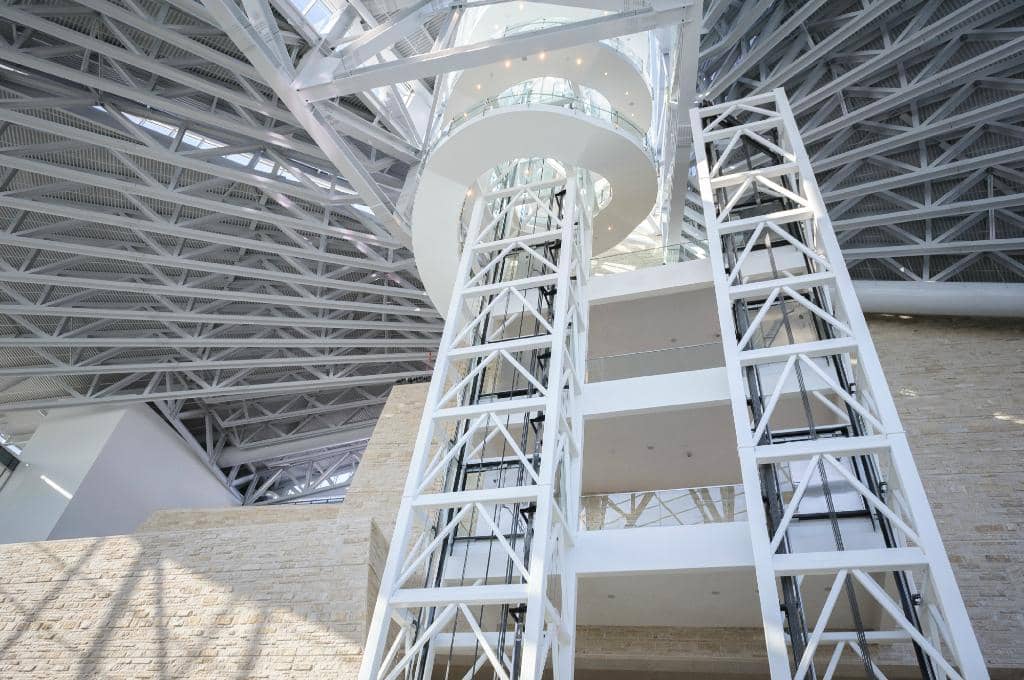
Highlights
Discover the most iconic attractions and experiences
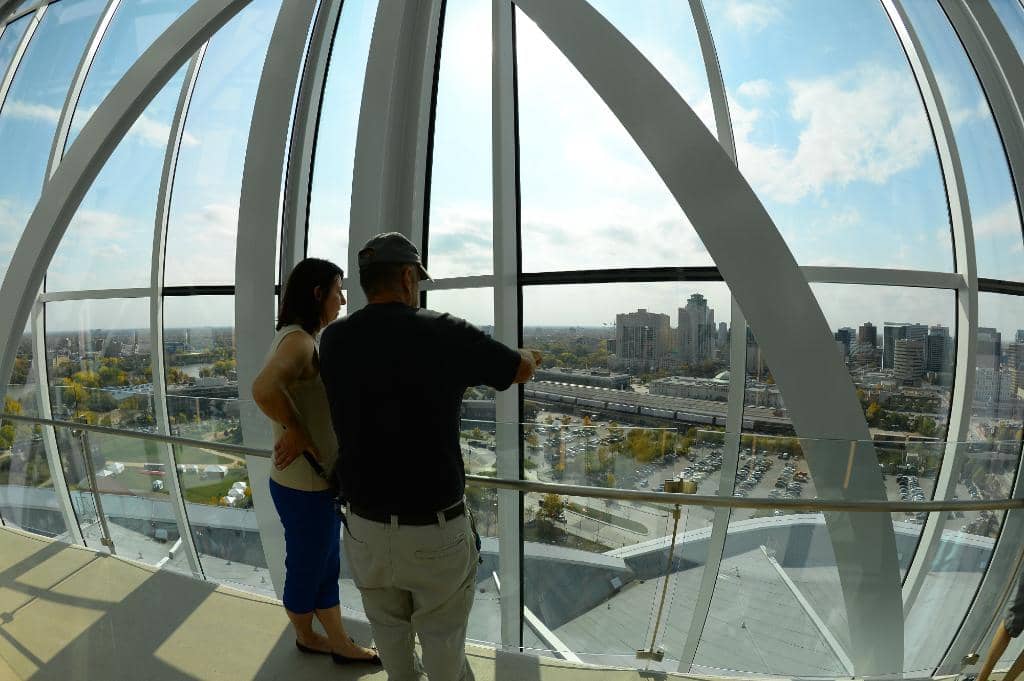
Indigenous Perspectives Galleries
Various floors
Explore the complex histories and ongoing journeys of Indigenous Peoples in Canada. A deeply moving and educational experience.
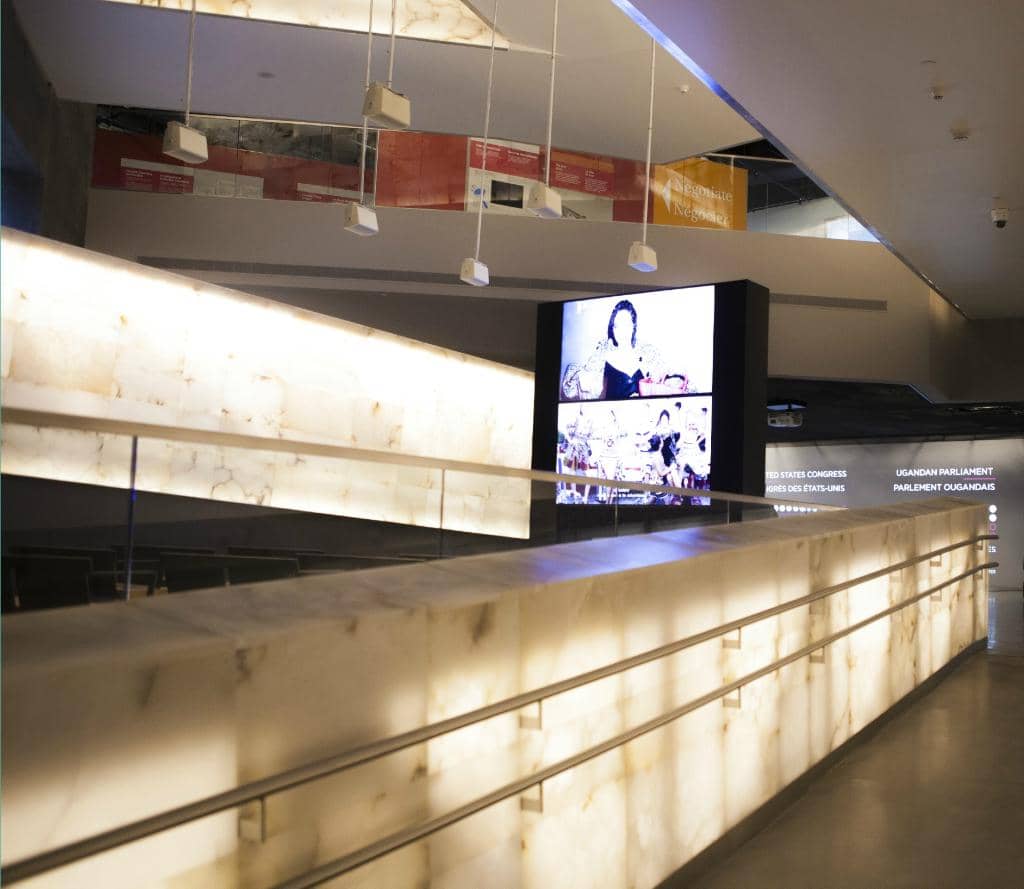
Canadian Journeys Gallery
Upper floors
Discover the evolution of human rights in Canada through interactive and impactful exhibits.
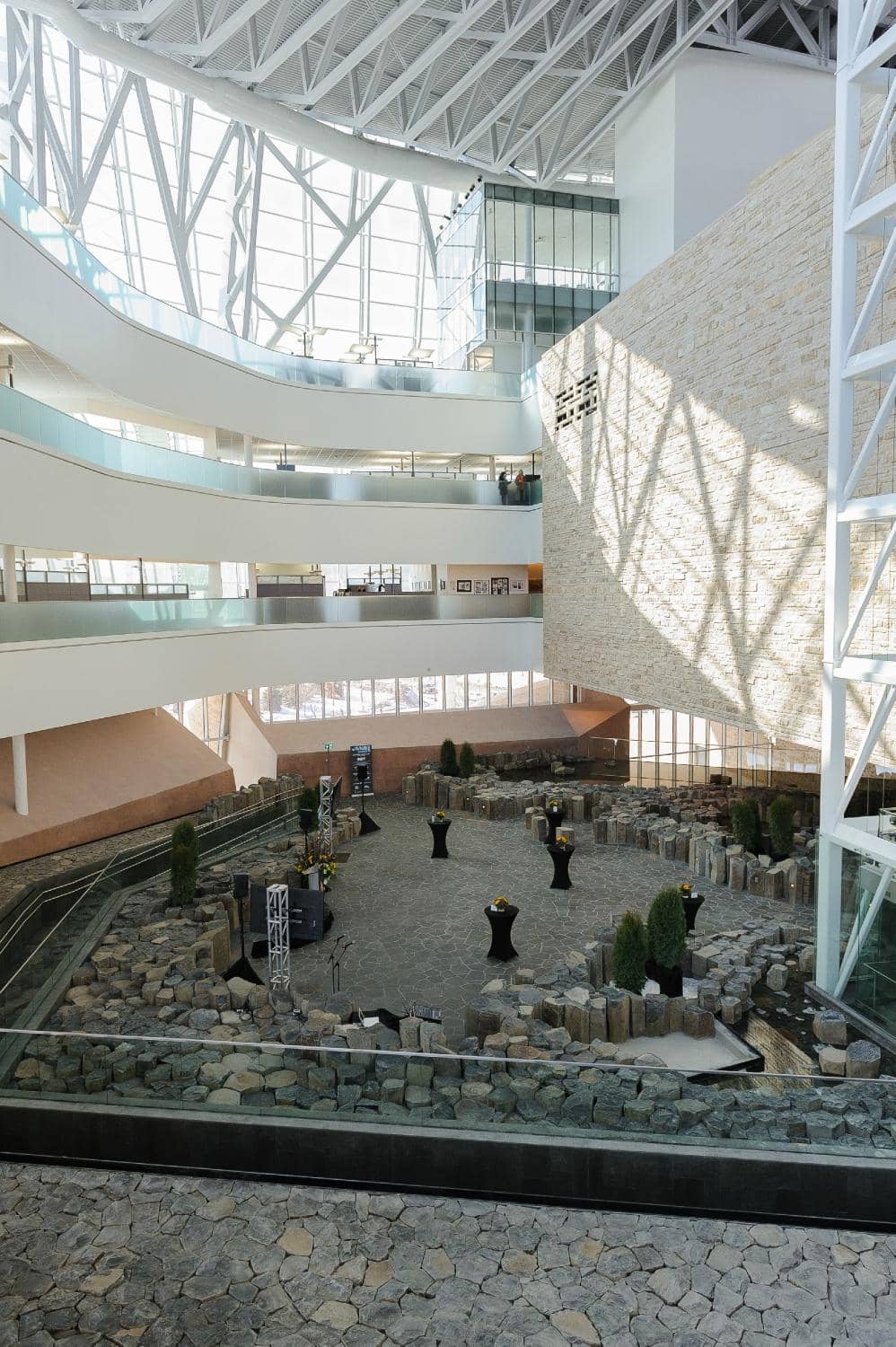
Architecture: Journey from Darkness to Light
Exterior and interior
Marvel at the museum's stunning design, symbolizing the path towards human rights and justice.
Plans like a pro.
Thinks like you
Planning Your Visit
Plan Your Visit to the CMHR
Navigating the Museum's Impact
Best Times
Insider Tips
from TikTok, Instagram & Reddit
🎯 Free Admission Sundays
Enjoy free entry on Sundays, but expect larger crowds. Arrive early! :ticket:
⏳ Allow Ample Time
You'll need 3-4 hours to truly engage with the exhibits. Don't rush the experience. :stopwatch:
☕ Cafe with a View
Grab a bite at the top-floor cafe for great views and a moment to process your visit. :coffee:
🚶♀️ Wear Comfortable Shoes
You'll be doing a lot of walking and standing. Comfort is key for a full day of exploration. :athletic_shoe:
Tips
from all over the internet
🎯 Free Admission Sundays
Enjoy free entry on Sundays, but expect larger crowds. Arrive early! :ticket:
⏳ Allow Ample Time
You'll need 3-4 hours to truly engage with the exhibits. Don't rush the experience. :stopwatch:
☕ Cafe with a View
Grab a bite at the top-floor cafe for great views and a moment to process your visit. :coffee:
🚶♀️ Wear Comfortable Shoes
You'll be doing a lot of walking and standing. Comfort is key for a full day of exploration. :athletic_shoe:
What Travellers Say
Reviews Summary
Visitors consistently praise the Canadian Museum for Human Rights for its profound impact, engaging exhibits, and stunning architecture. Many describe it as a world-class facility that leaves a lasting impression, encouraging deep reflection on human rights. Some find the serious tone less suitable for very young children and occasionally note a feeling of spaciousness on certain floors.
"It's important that Canada has a Museum for Human Rights given its international reputation and values of respecting human rights and advocating for peace and non-violence. The museum itself is very modern, well-sectioned, adequately staffed and has all the amenities you'd expect of such a world class facility. The exhibits are also very well organized, and impactful in making you stop, observe, think, feel, absorb and reflect on what you've just experienced. The Canadian Museum for Human Rights is the hands down the museum where I stayed the most and stopped the longest in front of a display. Visiting this museum should be on everyone list."
Sam Jaroudi
"One of the best museums I’ve ever been to… Incredibly engaging, profound and architecturally amazing. Bravo to the curator and to Canada for knocking out of the park. We were only there 2 1/2 hours, but we easily could’ve spent all day."
David Liechty
"wonderful museum filled with rich experiences and history. highly recommend. not really for children. serious tone. lovely architecture and just and overall memorable experience."
Andrew Geimar
What People Like
What People Dislike
Frequently Asked Questions
🚇 🗺️ Getting There
The CMHR is located at The Forks in Winnipeg. It's easily accessible by car, public transit, or even a pleasant walk if you're staying downtown. Parking is available nearby.
Yes, there are several parking lots available at The Forks, which is adjacent to the museum. Fees may apply.
Absolutely! The museum is part of The Forks, a vibrant area easily walkable from downtown Winnipeg, offering scenic routes along the riverwalk.
Winnipeg Transit routes serve The Forks area. Check the Winnipeg Transit website for the most current routes and schedules that stop near the museum. :bus:
Yes, the museum is designed to be fully accessible, with elevators and ramps to ensure all visitors can navigate the space comfortably. :wheelchair:
🎫 🎫 Tickets & Entry
General admission fees apply, but the museum offers free admission on Sundays. Check their official website for current pricing and any special offers.
Yes, purchasing tickets online in advance is highly recommended, especially for free admission Sundays, to guarantee entry and save time. :computer: :ticket:
The museum typically opens around 10 a.m. and closes at 5 p.m., with extended hours on some days. It's best to check their official website for the most up-to-date hours.
While the museum covers important topics, its serious tone and complex themes may not be suitable for very young children. It's more geared towards older children and adults.
Beyond free Sundays, look for potential discounts for students, seniors, or group rates. Some organizations may also offer member benefits.
🎫 🧭 Onsite Experience
Don't miss the Indigenous Perspectives galleries and the Canadian Journeys gallery for powerful insights into human rights history. The architecture itself is also a highlight.
Most visitors recommend at least 3-4 hours to fully experience the museum. You could easily spend a full day here if you want to delve deep into every exhibit.
Photography is generally permitted for personal use, but flash photography and tripods are usually not allowed to protect the exhibits. Always check for signage. :camerawithflash:
The museum offers restrooms, coat check, a gift shop, and dining options, including a cafe on the top floor with panoramic views.
Yes, guided tours are often available and can provide deeper context and insights into the exhibits. Check the museum's schedule upon arrival or online. :tour_guide:
🍽️ 🍽️ Food & Dining
There's a cafe on the first level and another cafe on the top floor offering food and beverages. Both provide a good spot to refuel.
Yes, The Forks area has numerous restaurants and food stalls offering a wide variety of cuisines, from casual to more upscale. :forkandknife:
Generally, outside food and beverages are not permitted inside the museum galleries. It's best to consume your own food in designated areas or before/after your visit. :apple:
The cafes typically offer a selection of sandwiches, salads, soups, pastries, and coffee. The top-floor cafe is known for its views.
Prices are comparable to other museum cafes. While not budget-friendly, the convenience and views can make it a worthwhile option.
📸 📸 Photography
The exterior architecture, especially the 'stone fingers' and the 'glass cloud,' offers dramatic photo opportunities. Inside, the grand staircases and atrium are also visually striking.
Photography for personal use is usually allowed, but always check for specific exhibit restrictions. Avoid flash photography. :camerawithflash:
The museum's design by Antoine Predock is a major draw. The interplay of stone, glass, and light, particularly the journey from the dark lower levels to the bright upper spaces, is photogenic.
Late afternoon or early evening can offer beautiful light on the architecture. Sunrise can also be dramatic, though access might be limited. :sunriseovermountains:
Drone usage is typically restricted in urban areas and around public buildings. Always check Transport Canada regulations and local bylaws before flying a drone. :drone:
For Different Travelers
Tailored advice for your travel style
👨👩👧 Families with Older Children
Consider visiting on a free admission Sunday if your family is on a budget, but be prepared for larger crowds. Alternatively, weekday visits offer a more contemplative experience. Ensure your children are prepared for the mature themes discussed, and be ready to engage in discussions about the exhibits.
🏛️ Architecture Enthusiasts
Take time to explore the exterior from various angles and appreciate how the structure integrates with its surroundings at The Forks. The interior spaces, with their soaring atriums and unique staircases, are equally impressive and offer fantastic photographic opportunities.
📚 Lifelong Learners & History Buffs
Plan for a substantial visit, as the depth of information requires time for contemplation. Consider utilizing any available guided tours to gain deeper insights from knowledgeable docents.
Deep Dives
In-depth insights and expert knowledge
The Architecture of Hope
Inside, the museum's design guides visitors through a narrative of struggle and triumph. The use of natural light, expansive spaces, and symbolic materials creates an atmosphere of reflection and inspiration. The building itself is a testament to the importance of human rights, offering a visually stunning and emotionally resonant experience that complements the powerful stories held within its walls.
Visitors often remark on the breathtaking nature of the architecture, noting how it enhances the overall museum experience. The interplay of textures and forms, from the rough-hewn stone to the sleek glass, creates a dynamic and memorable environment that encourages contemplation on the human rights journey.
Navigating the Exhibits: A Journey of Reflection
The museum's approach is designed to be deeply engaging, prompting visitors to stop, observe, think, feel, and reflect. Exhibits are thoughtfully curated to be impactful, using a mix of multimedia, artifacts, and personal testimonies to bring complex issues to life. This immersive experience can be emotionally heavy, as human rights issues often involve difficult histories and ongoing challenges.
While the museum is lauded for its profound content, some visitors have noted that certain floors might feel a bit sparse, suggesting that more exhibits could have been incorporated. However, the overall consensus is that the museum provides an essential and memorable learning experience, encouraging a deeper understanding of human rights and inspiring a commitment to positive change.
Community Voices and Social Impact
Beyond organized events, the museum plays a role in fostering understanding between different communities. A project pairing new immigrants with Indigenous Peoples has used the CMHR as a meeting point to explore shared histories and pathways forward. This initiative underscores the museum's potential as a space for reconciliation and cross-cultural learning.
While the museum's core mission is education and reflection on human rights, its physical presence and programming also contribute to the social fabric of Winnipeg, providing a platform for diverse voices and important conversations.

Social
from TikTok, Instagram & Reddit